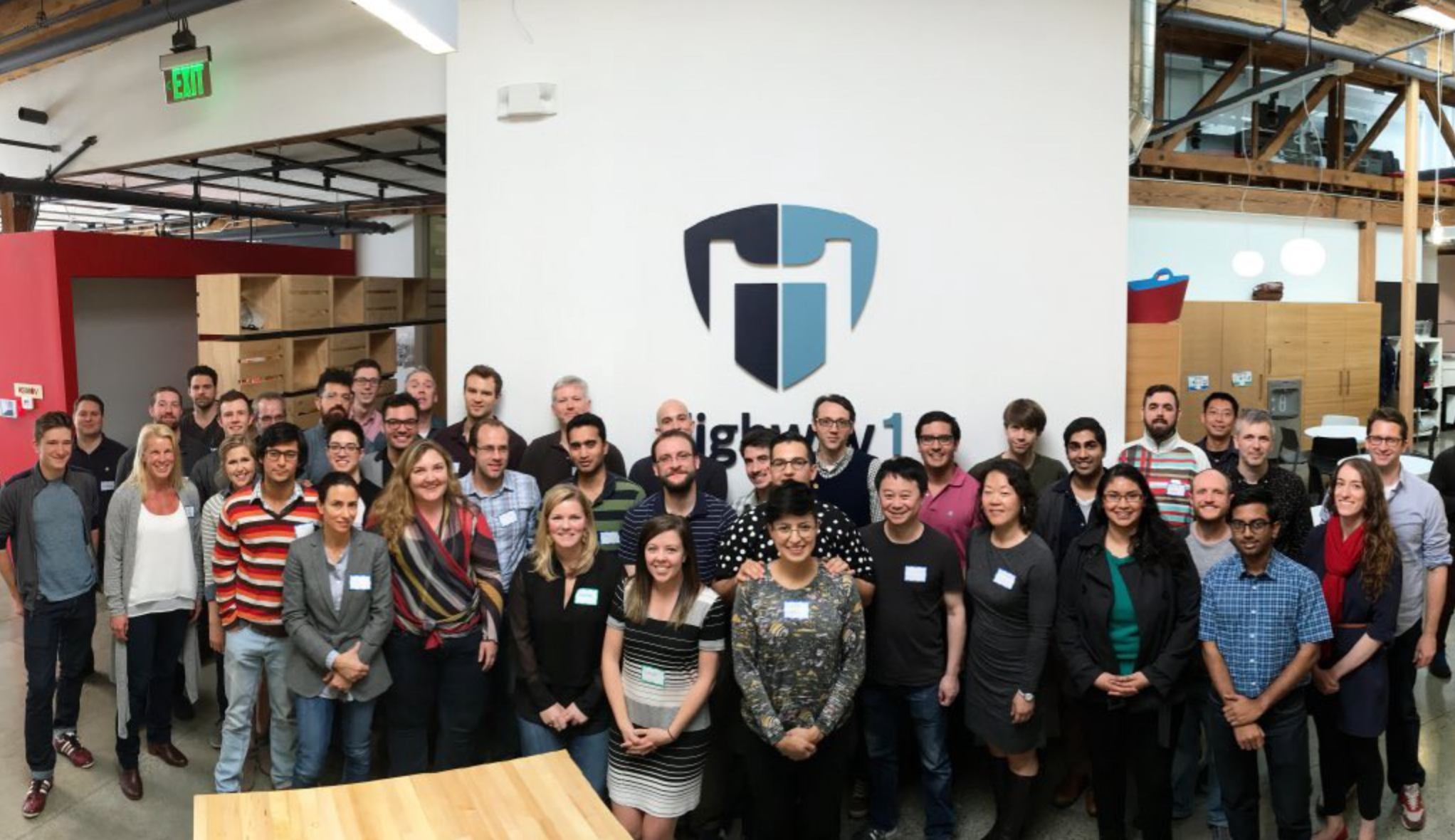Just 30 years ago this megacity was a mere fishing village. Now home to up to 18 million people it is already considered a tech nirvana for the world’s hardware startups.
As an engineer, designer or entrepreneur, we all hear about China and it’s great potential for production. We have had China as a top of mind since we first started four years ago however we never found the time, money or product to produce in China, until now.
Last February we raised another small investment round in San Francisco, now by Highway 1 a project by PCH International; considered a premiere hardware accelerator program. One of the top best in the world. So it has been quite exciting couple of months for us!
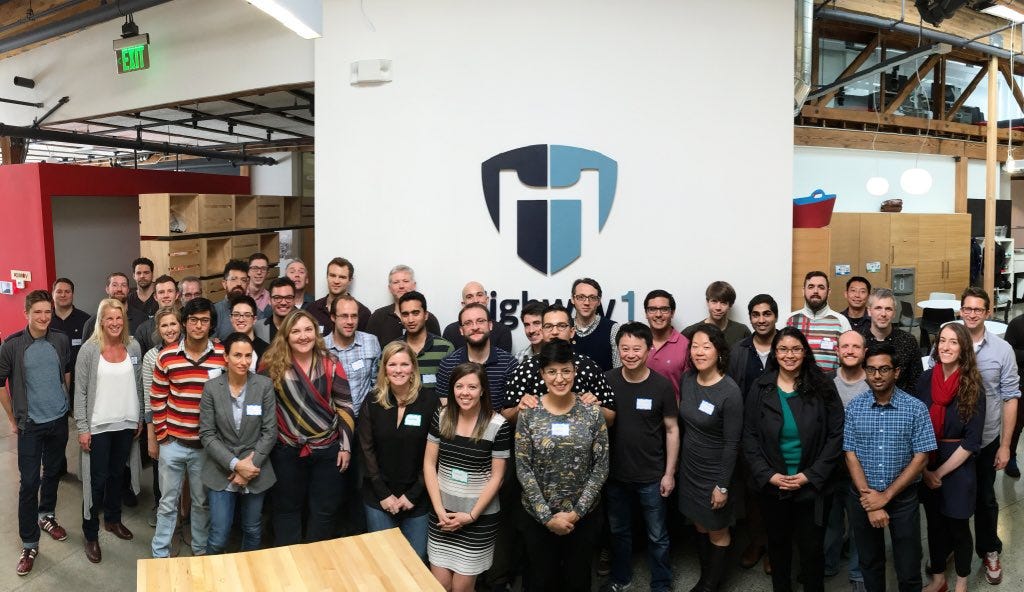
Highway 1, being a hardware accelerator program and having PCH International based in China (as well as in the Bay Area), proposed a 10 day week road trip to Shenzhen. All with the objective to learn more about the production, packaging, assembly and logistics that involves any kind of product.
Before we jump into the mind blowing process of product logistics I would like to tell you a little bit about Shenzhen. If you’ve heard anything about Shenzhen, it was probably that it’s the place where all the world’s tech gadgets and smart phones are produced. It is. But at the same time it is one of the most fastest growing cities. It is a vibrant, multi-coloured landscape of possibility, opportunity and creative exploration no matter where you turn.
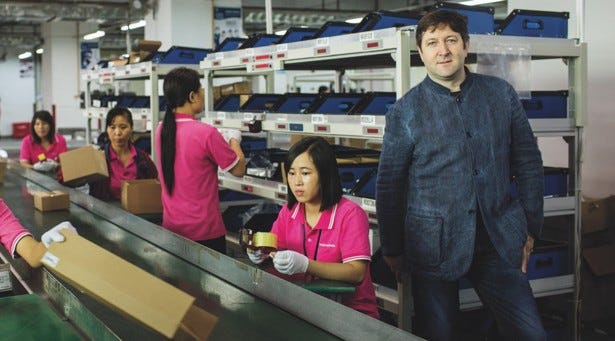
Thanks to the connections PCH has, we got the opportunity to visit around six factories (which I can’t mention their name because of privacy issues) focused on plastics, pcb’s, packaging and logistics.
There are some very important lessons learnt from these vistations. I will only mention my top six simple lessons that I recommend if you are planning to embarc on a contract with a Chinese manufacturer.
- If you plan to produce in China you must produce more than 10,000 pieces. Another solution would be to have a certified order of volume behind your product to convince a manufacture to trust you into producing your product. If you are thinking about a lower quantity, it is best to produce locally.
- You need a Mandarin interpreter. People in their majority don’t speak english here and if they do, it is very difficult to understand. There for, when you are ready to produce in China you must have someone headquartered here to oversee the production process. Add to that the challenge of written Chinese characters for signs and markings and even transportation becomes hard. A lot of mistakes can take place with the incorrect communication.
- It’s all about connections. Chinese mostly work with other Chinese. Business is built by relationships. It is very important to be recommended among the community and visa versa. Word of mouth is everything, you must get good references on manufacturers as well. Your suppliers and manufacturers can screw you or save you. — Be carefull about some Alibaba suppliers. (That is why working with a company like PCH could be a great asset)
- We all like to make money, but for Chinese it is a kind of number one decision to see if they go into business with you. How much are they going to make and at what cost? (Volume, super important!) Manufacturers see startups as a gamble full of risk! there for it is of great importance to know your costs and how you’re going to scale so the company can succeed! If you grow, they grow.
- The cheapest manufacturer is not the right partner. The right partner is the factory with the right attitude! they will help you with DFM (design for manufacturing) and think about the bigger picture of your product with you. Source with different manufacturers ahead of time. It is important to find the perfect partner for your product. Negotiate costs, solicit manufacturing feedback and even start sample production, all before arriving. This will give you a glimpse of the manufacturer and it’s working methodology.
- Visit the factory! There is many reasons why this is crucial. For us as a company, it is very important to understand the working process, quality control, factory conditions. (Doesn’t matter if you start in a small production ware house)
It is very important to ask yourself, what does it really mean to scale? What does it take? Because Shenzhen is the fastest place to get things done and you don’t want to mess up the whole process.
(This is solemnly my opinion, it is very important that if you venture into China you must investigate, connect and learn about the manufacturing process beforehand.)
Walking the streets of Shenzhen we bumped into two formidable universes: Shanzhai and the Maker movement.
Shanzhai — this term orginally referred to cheap copycats of brand products and electronic devices, particularly mobile phones like the “Samsong”. These phones are popular in China, specially for those customers who cannot afford an original branded phone. (This happens not only in technology but in fashion brands as well.)
Chinese are master experts in copying products adopted by mass consumption, don’t interpret this as a negative thought. I consider this to be a positive thing because when it comes down to quality, no one can copy like they can. To copy, has it’s own art and form.
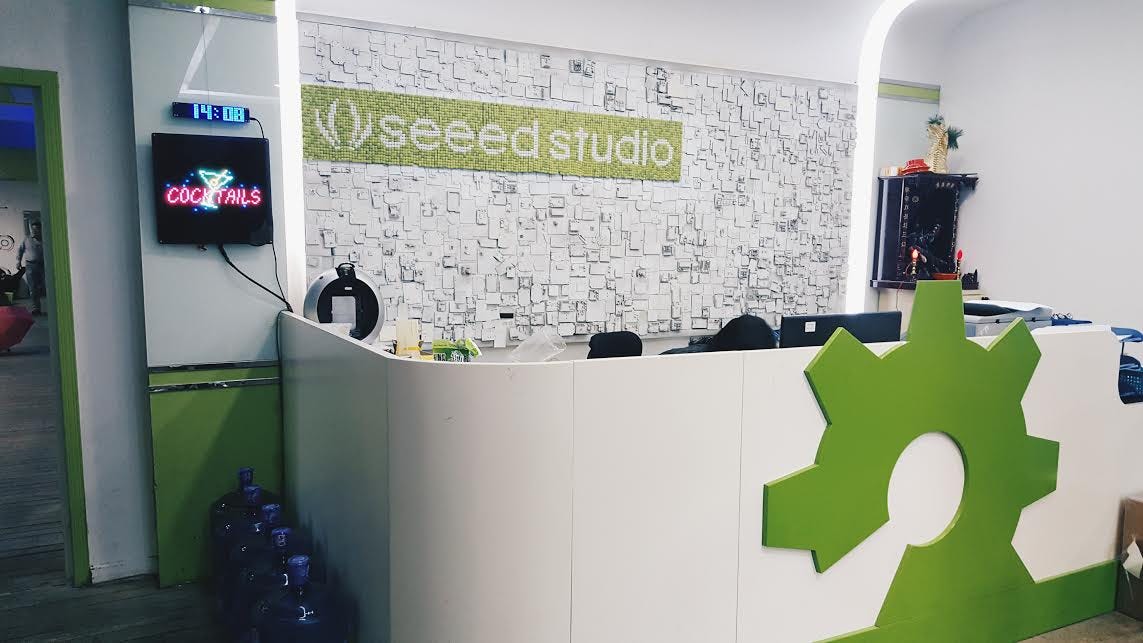
My team and I visited Seeed Studio a company offering a hardware innovation platform focused on helping makers in developing their ideas and manufacturing prototypes. In 2011 Seeed established the first hacker space in Shenzhen — Chaihuo Makerspace — and in 2012 brought to Shenzhen the first Maker Faire in China, now known as the Shenzhen Maker Faire. The community of makers in Shenzhen is developing fast and the city is now attracting international hacker groups, tech start-ups and accelerator programmes who can get the best out of an already established and advanced system of hardware sourcing and manufacturing.
During our visit to Shenzhen we couldn’t miss Huaqiangbei, the electronics market. Ten floors of a grand range of all possible components available. There are hundreds of shops and stalls, spread across multiple buildings and many floors. Multi character usb’s, drones, virtual reality headsets, computers, cell phones, hard drives, etc, all can be found right here. Shenzhen is thirsty for DIY! and at Huaqiangbei is the perfect place to get the sense of this.
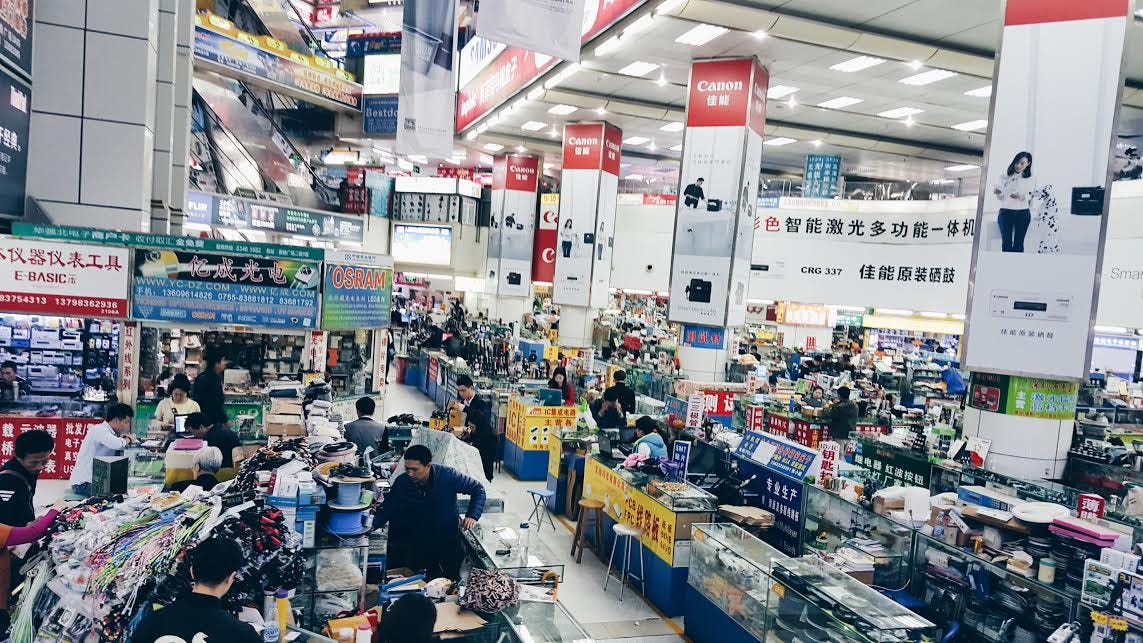
If you have ever traveled to other cities around China you will see some landscapes from the past (like temples and a culture with a lot of history) but Shenzhen is a new city! Let me put it this way, 30 years ago — Shenzhen didn’t even exist! It was beyond of what I expected and I am certainly excited to be back soon.
By: @LindaLFranco Co-Founder & CEO at Machina Wearable Technology





